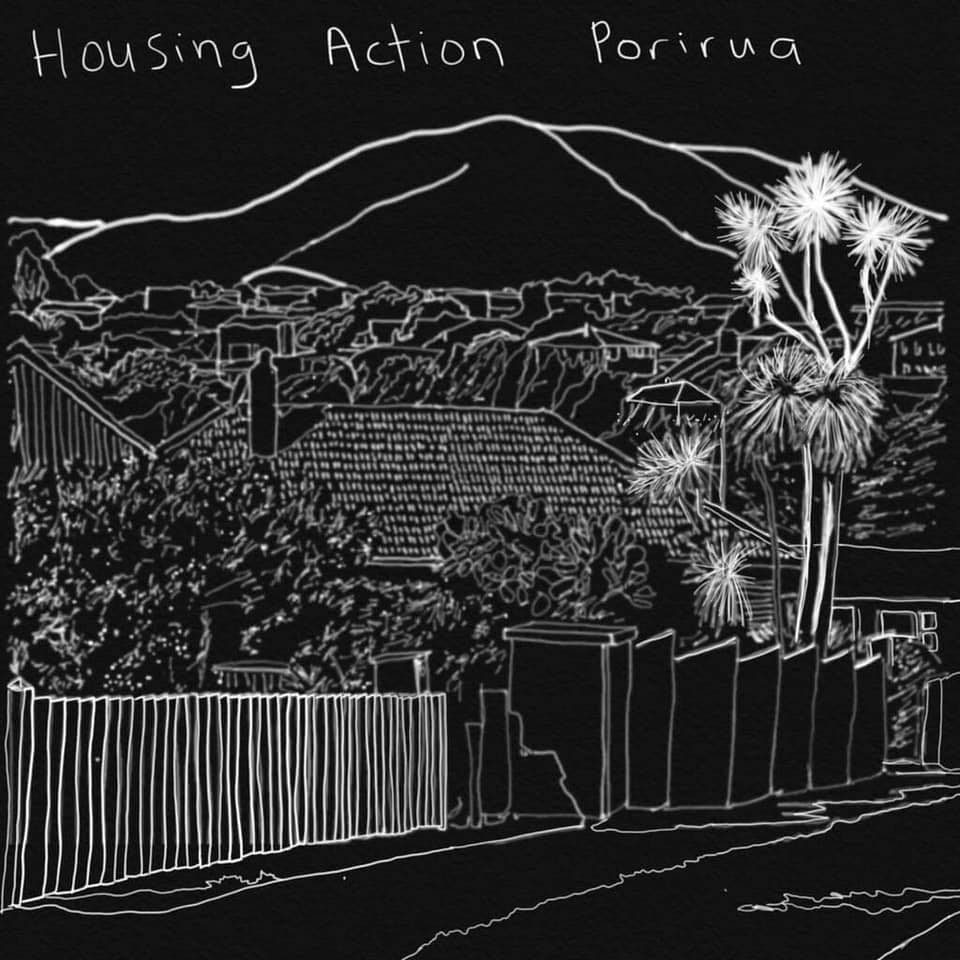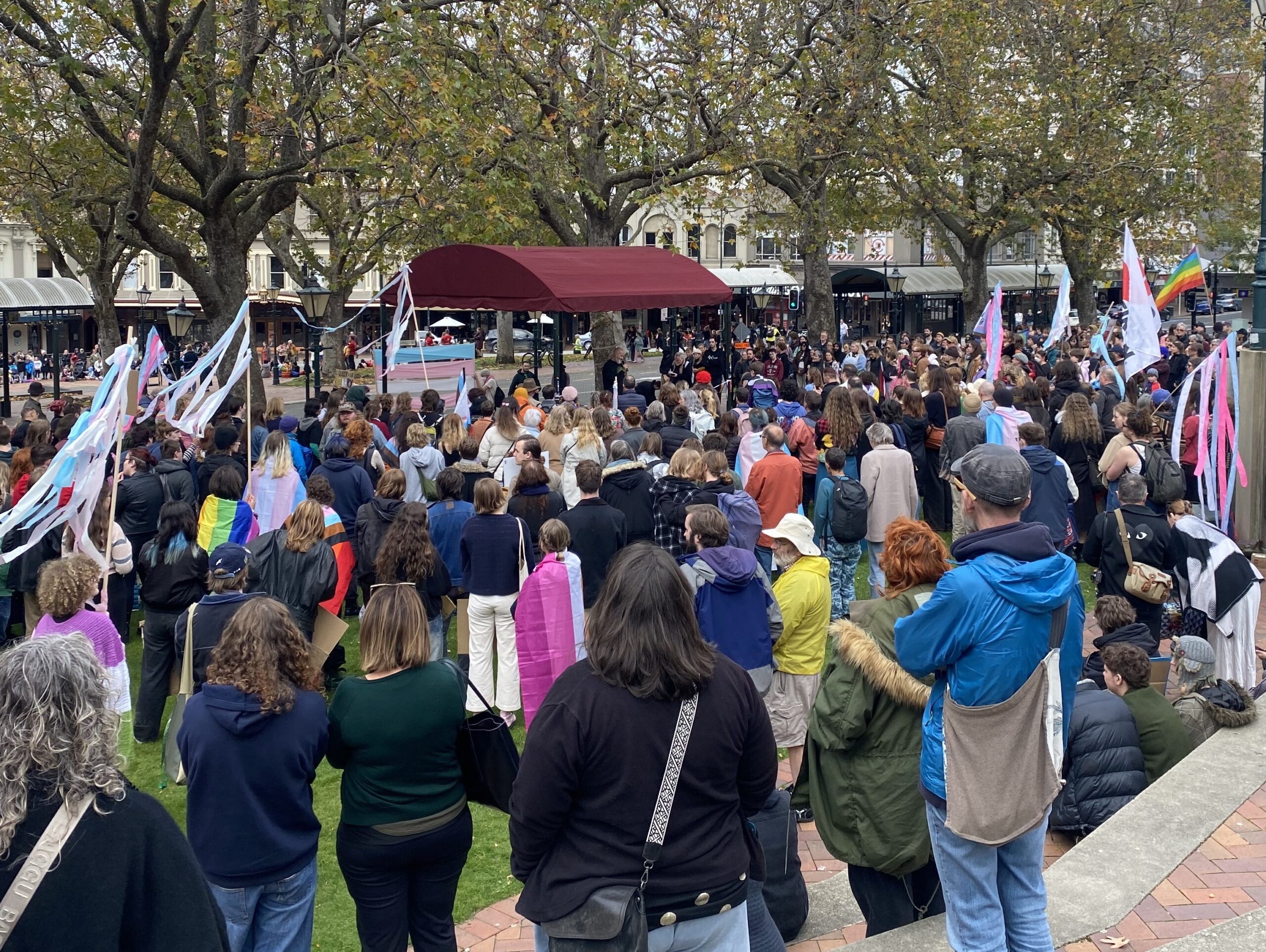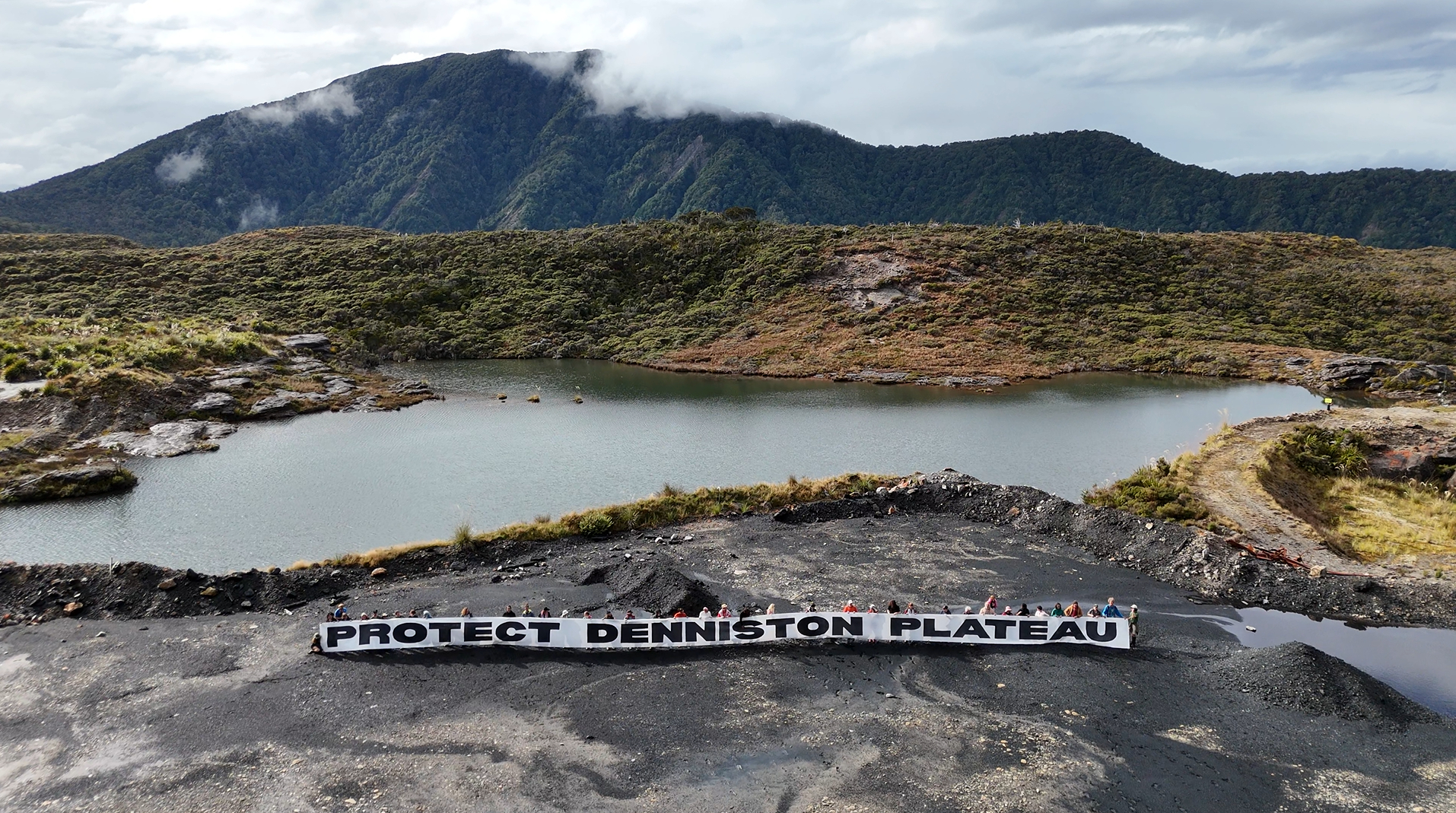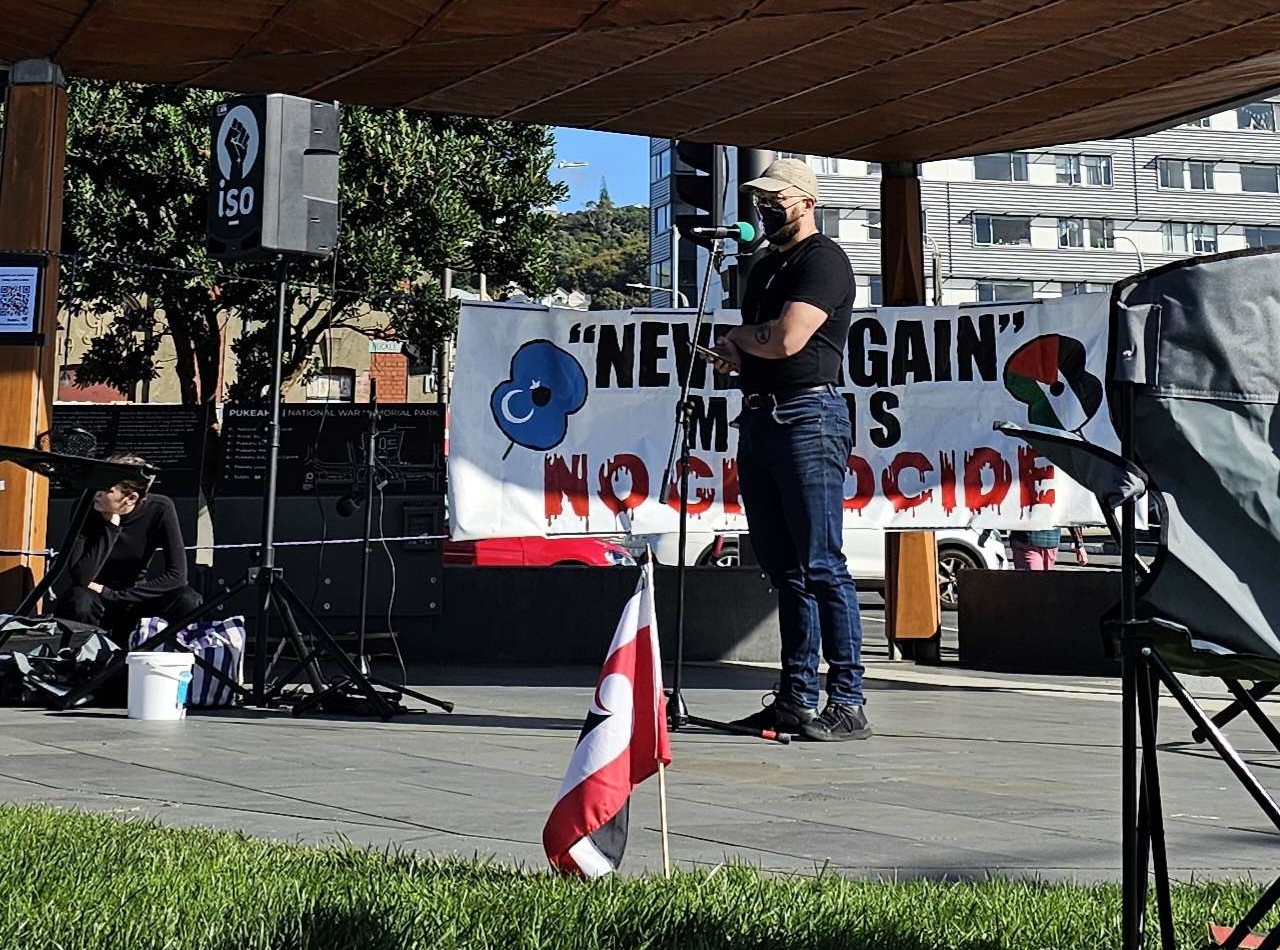It did not take long for Labour’s flagship KiwiBuild housing policy to come to grief; and if ever there was a minister likely to embarrass the Ardern government it was that rightwinger Phil Twyford. It was he who in 2015 infamously blamed Chinese for Auckland’s high house prices. The failure to get anywhere near Labour’s target of 10,000 KiwiBuild houses a year for ten years forced Ardern to execute a ministerial reshuffle in June. Twyford was dropped as housing minister and demoted to minister for urban development answerable to new housing minister Megan Woods. Kris Faafoi picked up responsibility for public housing, also answerable to Woods. On 4 September Woods announced the abandonment of KiwiBuild targets altogether.
Nevertheless, the toned-down KiwiBuild remains the government’s central housing policy. Under KiwiBuild private developers do the building and the profit making, underwritten by public money. All that the developers are required to do is to include some “affordable” units in their developments. The meaning of affordable price has been ridiculously stretched to mean up to $650,000 in Auckland and Queenstown, $550,000 in Wellington and $500,000 elsewhere. These capped-price units are reserved for qualifying buyers. The whole scheme is predicated on the private development industry and private ownership being the solution to the housing crisis. What has held back the construction of KiwiBuild units so far is the developers holding out for super-profits. In addition to guaranteeing the sale of KiwiBuild units, the industry wants the government to provide easy-to-develop land, to pick up the tab for infrastructure costs and to be allowed higher density under relaxed consenting conditions.
KiwiBuild has nothing to offer low-income working class people. What is really needed is a programme of building state housing. There is a massive demand for state homes to get people out of the clutches of private landlords or out of overcrowded homes and into independent living. As of June there were 12,311 applications for state homes on the Housing Register. Only the state, or local council, can be made accountable through the democratic process, especially when well-organised tenants associations bring pressure to bear on elected politicians. At its best, state housing can provide secure high-quality homes at a low rent. It spares tenants the costs of repairs, updates, rates and insurance. Through the transfer system state housing can be flexible to meet the needs of growing or shrinking families.
State housing used to be normal for working-class people, but during the neoliberal era it has been sold off and remaining homes left to rundown. As state homes became unavailable for average-income workers they have gravitated to home ownership. Their only other option has been private tenancy. We are now told that private ownership is the Kiwi dream that we all supposed to aspire to. It may be a dream compared to private landlordism, but paying the mortgage can become a nightmare when unemployment or misfortune hits. If it were available, subsidised state housing would be by far the best option for all workers. However, due to state housing scarcity and high demand the points system restricts successful applications to the poorest and most desperate.
The Labour Party is still wedded to neoliberalism and shrinks from state ownership. This is why it is not prioritising building more state homes and continues to see state housing as reserved for “Kiwi families in need” rather than an option for workers generally. Labour’s distaste for state housing has led it to look to other entities than the state, such as “community housing providers” and iwi organisations to provide and/or manage what it now calls “social or public housing”.
In summary, Labour’s approach to housing has these key elements. The government will facilitate private housing developments, with some houses or apartments reserved as KiwiBuild units. The facilitation consists of freeing-up land, bearing the costs of infrastructure, underwriting development risks and relaxing the consenting regime to maximise the development yield at the cost of housing quality. This level of facilitation is aimed at dangling profits in front of developers. It is a form of corporate welfare where private profits are subsidised by public money and assets. In the government’s jargon these government-led schemes are called “urban development projects in partnership with other agencies, local government, iwi and Māori and private partners.”
The potential fly in the ointment, from the government’s and developers’ point of view, is local democracy. Control over development has traditionally lain with local councils, their district plans and role of determining applications for resource consent. Where local people and their councils wish to prevent urban sprawl, protect landscapes and natural environments, and ensure reasonable levels of housing amenity – daylight, outdoor space, privacy, etc. – they come into conflict with the profit motive of developers that want large, easy greenfield sites and to cram in as many units as possible.
In recent years both National and Labour have joined in the attack on local council controls and called for open land to be made available for development in flagrant contradiction to urban design principles and environmental impacts, including emissions generated by increased road transport. The last National government repeatedly slashed democratic aspects of the Resource Management Act. In April 2017 it passed amendments to the RMA that invites local councils to hand over control of its district plan and consenting powers to central government. This procedure is called the Streamlined Planning Process where timelines for submissions by the public can be curtailed and appeal rights to the Environment Court do not apply.
The Streamlined Planning Process relies on local councils voluntarily giving up their decision-making powers. To overcome the potential for local councils opting to retain their controls, the present government plans, through the Kāinga Ora – Homes and Communities Bill, to take over consenting powers at will for urban development projects. For such projects, central government will be able to create the resource management rules, set aside the provisions of the district plan and issue resource consents. When National’s Streamlined Planning Process amendments were going through Parliament Labour attacked them as an attack on local democracy. In power, there are going even further in the undemocratic direction than National dared to.
The largest urban development project proclaimed by the government is in Porirua. Last year it announced a $1.5b regeneration project in eastern Porirua over 25 years. Eastern Porirua is one of the most deprived parts of the country: private rents are sky high, there is overcrowding. The area has 2,000 state homes, but that is not enough to meet demand. Every year millions of dollars in rent from this low-income area flow into the government’s coffers, but only a fraction is reinvested in the housing stock. Consequently, the existing state housing is rundown, badly insulated and often damp. Regeneration is certainly needed.
Eastern Porirua is a working-class and ethnically-diverse community. People of Pacific Island descent form half the population. A fifth are Māori, a fifth Pākeha, and a tenth of Asian or other origin.
Housing Action Porirua is a community group formed in response to the government’s project. Talk of 2,000 new homes for the open market or KiwiBuild can only mean gentrification. Where would the land come from, if not existing public land? Will local people be forced out of the area? A clearer idea of the government’s thinking was revealed in a redacted Cabinet Paper obtained by HAP under an official information request. This paper set out the business case for a net spending of $246m (not the claimed 1.5b) on regeneration over the 25 period.
These are the stark numbers at the heart of the Cabinet Paper:
- Retrofit upgrade of 462 state houses
- In Cannons Creek and Waitangirua, demolish 1516 state properties and build 1516 new state homes and 1504 private homes for sale
- Sell off 452 existing state houses located on sloping land that is unattractive to developers
- Build 150 net new public houses “in the greater Porirua area”
It is clear from the Cabinet Paper that the new housing will tend to be high density and small units:
“The housing delivered is likely to be relatively compact terrace-type housing.”
“KiwiBuild dwellings are intended to fill an ‘entry level gap’ in the residential property market. To achieve the price points which have been established for the Programme, they are likely, in the short term, to be one and two bedroom units, built in medium to high density typologies, and significantly smaller than the average new house built in New Zealand.”
Throughout the paper an anti-state housing attitude is expressed. Here is just one example:
“People who live in the area would benefit from de-concentration of public housing stock”
The paper refers to “super-lots” and “mega-lots”, i.e. the profitable large, cleared sites that developers like. And so existing private owners are not safe where their homes stand in the way when neighbouring state housing is to be demolished. The paper explains that the Public Works Act will be used for compulsory purchase if the acquisitions cannot be done by agreement with existing owners.
Porirua City Council and the local iwi Ngāti Toa have signed up as partners to the regeneration scheme. On the western side of Porirua 900 state houses are to be managed by Te Rūnanga O Toa Rangitira.
The City Council has behaved disgracefully. Not only did they not consult local people before going into the partnership, but they have opted for the Streamlined Planning Process. Furthermore, they took that decision to surrender their consenting powers behind closed doors, citing “prejudice to commercial negotiations.” The Council has since admitted that there were no negotiations involved.
Not one local councillor had shown any political understanding of the regeneration plan, or of the consenting process that they nodded through. In these circumstances HAP decided to stand a candidate – Jasmine Taankink – for the Council in the recent elections. Although Taankink did not win a seat, HAP successfully used the election as an opportunity for mass campaigning to raise awareness.
The struggle over the regeneration of eastern Porirua is set to be a long-running campaign. There is a crying need to revitalise the whole area, but private housing developments are no help to low-income local residents. There is a clear solution: to renovate the existing state housing stock and build a lot more state homes of high quality and ecological advancement.









